Gigabyte GA-7PESH1 Review: A Dual Processor Motherboard through a Scientist’s Eyes
by Ian Cutress on January 5, 2013 10:00 AM EST- Posted in
- Motherboards
- Gigabyte
- C602
Gigabyte GA-7PESH1 Software
Typically when a system integrator buys a server motherboard from Gigabyte, a full retail package comes with it including manuals, utility CDs and SATA cables. Gigabyte have told me that this will be improved in the future, with SAS cables, header accessories and GPU bridges for CF/SLI. But due to the nature of my review sample, there was no retail package as such. When I received a sample from Gigabyte, there was no retail box with extras, nor were there driver CDs or a user guide and manual. Good job then that all these can be found on the Gigabyte website under the download section for the GA-7PESH1. In my case, this involves downloading the Intel .inf files, the ASPEED 2300 drivers, and the Intel LAN drivers. Also available on the website are the LSI SAS RAID drivers, and the SATA RAID driver.
When it comes to software available to download, the river has run dry. There is literally not one piece of software available to the user – nothing relating to monitoring, or fan controls or the like. The only thing that approaches a software tool is the Advocent Server Management Interface, which is accessed via the browser of another computer connected to the same network when the system has the third server management NIC connection activated.
When the system is connected to the power supply, and the power supply is switched on, the motherboard takes around 30 seconds to prepare itself before the power button on the board itself can be pushed. There is a green light physically on the board that turns from a solid light to a flashing light when this button can be pushed - the board then takes another 60 seconds or so to POST. During this intermediate state when the light is flashing, the server management software can be accessed through the web interface.
The default username and password are admin and password for this interface, and when logged in we get a series of options relating to the management of the motherboard:
The interface implements a level of security in accessing the management software, as well as keeping track of valid user accounts, web server settings, and active interface sessions.
The software also provides options to update the firmware, and to offer full control as to the on/off state of the motherboard with access to all voltages, fan speeds and temperatures the software has access to.
The system log helps identify when sensors are tripped (such as temperature and fans) as well as failed boots and software events.
Both Java KVM and Have VM environments are supported, with options relating to these in the corresponding menus.
It should also be noted that during testing, we found the system to be unforgiving when changing discrete GPUs. If an OS was installed while attached to a GTX580 and NVIDIA drivers were installed, the system would not boot if the GTX580 was removed and a HD7970 was put in its place. The same thing happens if the OS is installed under the HD7970 and the AMD drivers installed.


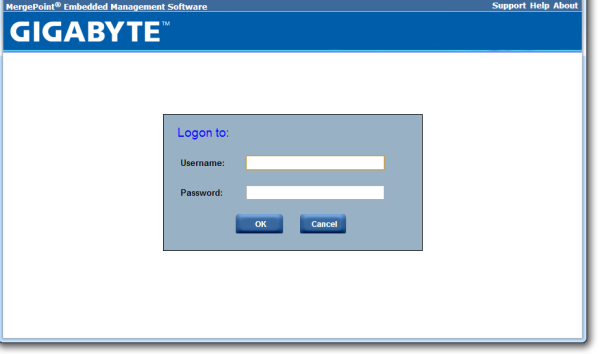
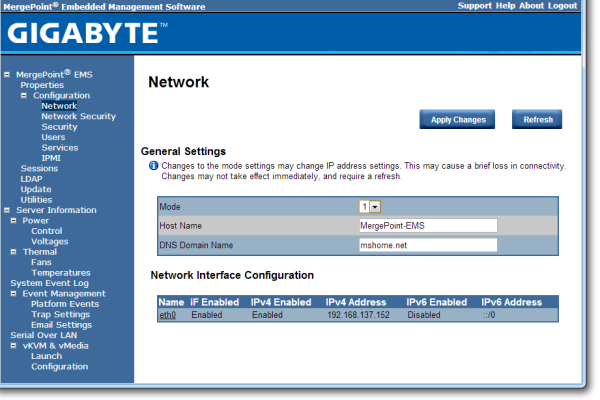
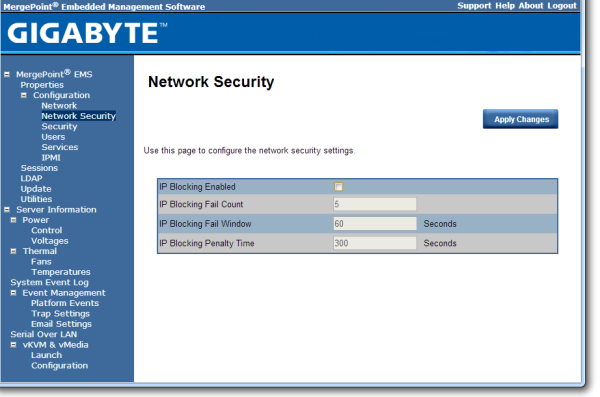
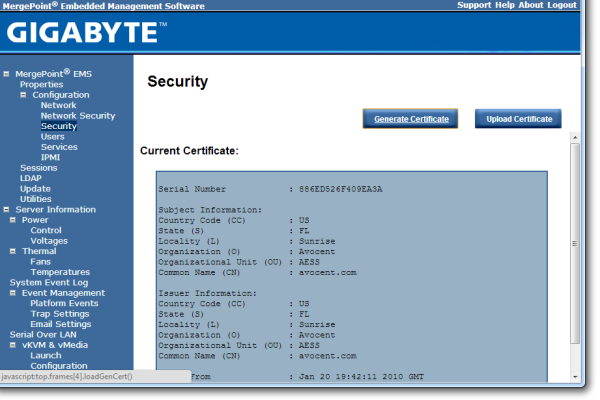
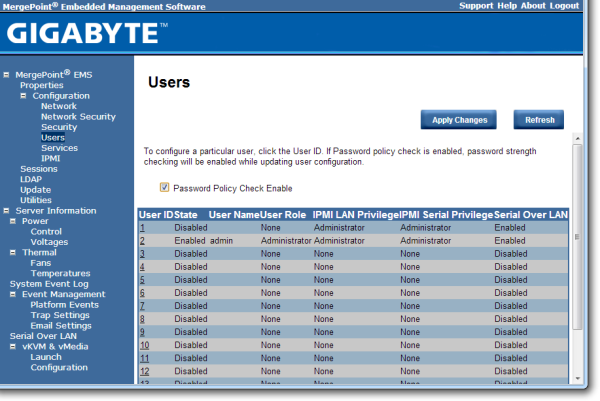
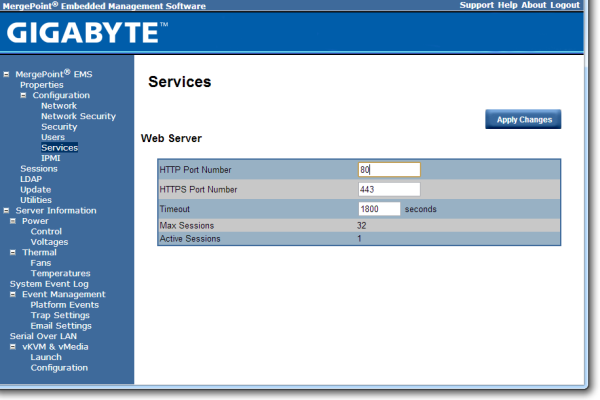
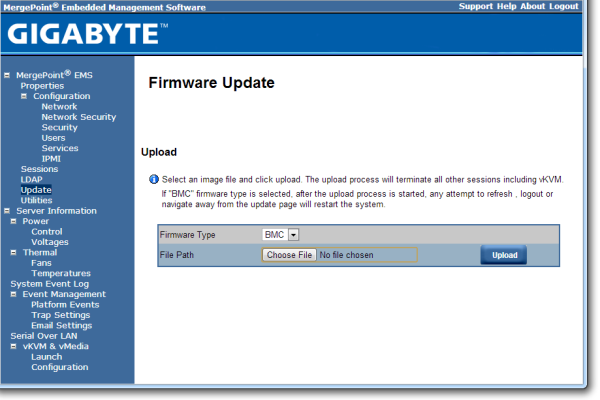
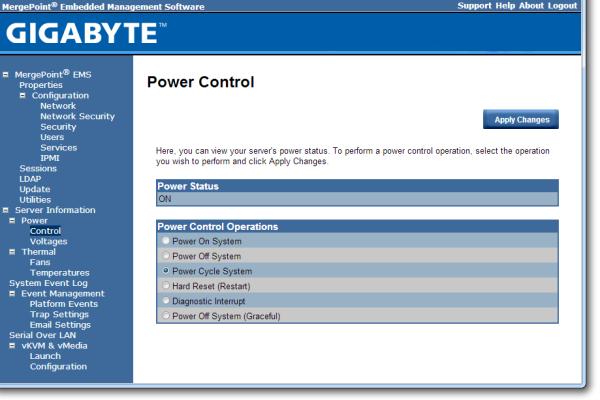
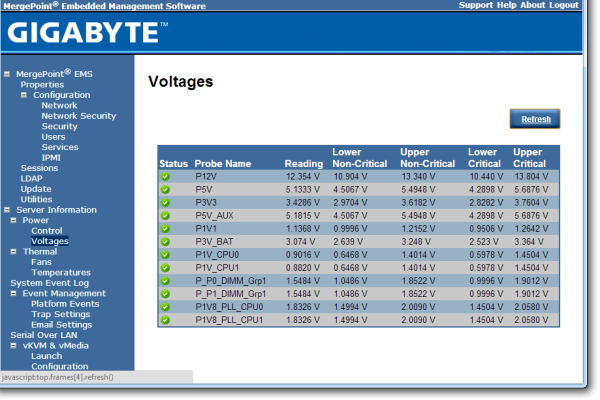
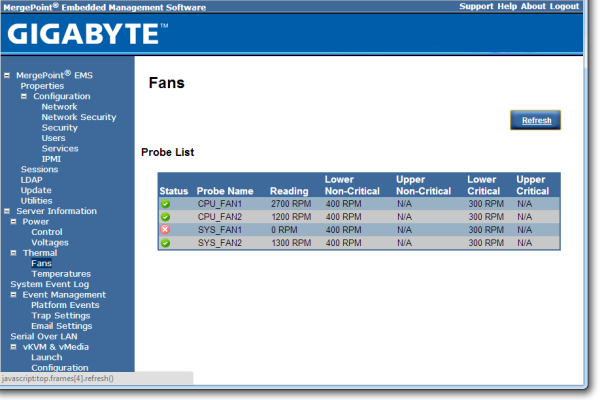
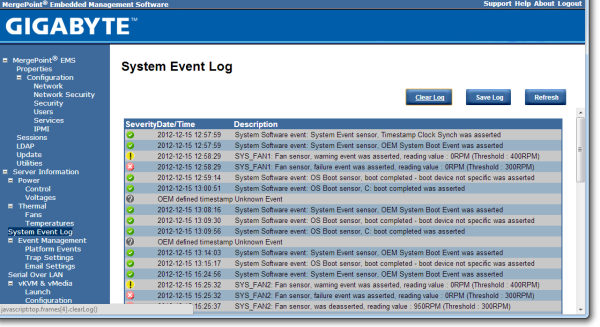

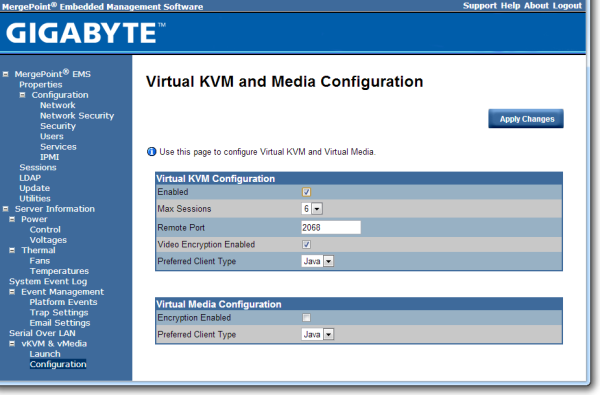














64 Comments
View All Comments
dj christian - Monday, January 14, 2013 - link
No please!This article should be a one time only or once every 2 years at most.
nadana23 - Sunday, January 6, 2013 - link
From the looks of results some of the benchmarks are HIGHLY sensitive to effective bandwidth per thread (ie, GDDR5 feeding a GPU stream processor >> DDR3 feeding a Xeon HT core).However - it must be noted that 8x DIMMS is insufficient to achieve full memory bandwidth on Xeon E5 2S!
I'd suggest throwing a pure memory bandwidth test into the mix to make sure you're actually getting the rated number (51.2GB/s)...
http://ark.intel.com/products/64596/Intel-Xeon-Pro...
... as I strongly suspect your memory config is crippling results.
Dell's 12G config guidelines are as good a place as any to start on this :-
http://en.community.dell.com/cfs-file.ashx/__key/c...
Simply removing one E5-2590 and moving to 1-Package, 8 DIMM config may (counter-intuitively) bench(market) faster... for you.
dapple - Sunday, January 6, 2013 - link
Great article, thanks! This is the sort of benchmark I've been wanting to see for quite some time now - simple, brute-force numerics where the code is visible and straightforward. Too many benchmarks are black boxes with processor- and compiler-specific tunes to make manufacturer "X" appear superior to "Y". That said, it would be most illustrative to perform a similar 'mark using vanilla gcc on both MS and *nix OS.daosis - Sunday, January 6, 2013 - link
It is long known issue, when windows does not start after changing hardware, especially GPU (not always so). There is as long known trick so. Just before last "power off" one should replace GPU's own driver with basic microsoft's one. In case of GPU it is "standart Vga adapter" (device manager - update driver - browse my computer - let me pick up). In fact one can replace all specific drivers on OS with similiar basic from MS and then to put this hard drive virtually to any system without any need for fresh install. Mind you, that after first boot it takes some time for OS to find and install specific drivers.jamesf991 - Sunday, January 6, 2013 - link
In the early '70s I was doing very similar simulations using a PDP 11/40 minicomputer. (I can send citations to my publications if anyone is interested.) At Texas Tech and later at Caltech, I simulated systems involving heterogeneous electron transfer kinetics, various chemical reactions in solution, coulostatics, galvanostatics, voltammetry, chronocoulometry, AC voltammetry, migration, double layer effects, solution hydrodynamics (laminar only), etc. Much of this was done on a PDP 11/40, originally with 8K words (= 16K bytes) of core memory. Later the machine was upgraded to 24 K words (!), we got a floating point board, and a hard disk drive (5 M words, IIRC). My research director probably paid in excess of $50K for the hardware. One cute project was to put a simulation "inside" a nonlinear regression routine to solve for electrode kinetic parameters such as k and alpha. Each iteration of the nonlinear solver required a new simulation -- hand-coding the innermost loops using floating point assembly instructions was a big speedup!I wonder how the old PDP would stack up against the 3770?
flynace - Monday, January 7, 2013 - link
Do you guys think that once Haswell moves the VRM on package that someone might do a 2 socket mATX board?Even if it means giving up 2 of the 4 PCIe slots and/or 2 DIMMs per socket it would be nice to have a high core count standard SFF board for those that need just that.
samsp99 - Monday, January 7, 2013 - link
I found this review interesting, but I don't think this board is really targeted at the HPC market. It seems like it would be good as part of a 2U / 12 + 2 drive system, similar to the Dell C2100. It would make a good virtual host, SQL, active web server etc. Having the 3 mSAS connectors would enable 4 drive each without the need for a SAS expander.Servers are designed for 99.999% uptime, remote management, and hands-off operation. To achieve that you need redundent power, UPS, Networking, storage etc. They also require high airflow, which is noisy and not something you want sitting under your desk. Based on that, it makes sense that the MB is intended for sale to system builders not your general build your own enthusiast.
HW manufactuerers are faced with a similar problem to airlines - consumers gravitate to the cheapest price, and so the only real money to be made is selling higher profit margin products to businesses. Servers are where intel etc makes their profits.
For the computational problems the author is trying to solve, to me it would seem to be better to consider:
a) At one point, I think google was using commodity hardware, with custom shelving etc. Assuming the algorithms can be paralleled on different hosts, you shouldn't need the reliability of traditional servers, so why not use a number of commodity systems together, choosing the components that have the best perf/$.
b) There are machines designed for HPC scenarios, such as HPC Systems E5816 that supports 8x Xeon E7-8000 (10 core) processors, or the E4002G8 - that will take 8 nVidia Tesla cards.
c) What about developing and testing the software on cheap worstations, and then when you are sure its ready, buying compute time from Amazon cloud services etc.
babysam - Monday, January 7, 2013 - link
It is quite delighting to look at your review on Anandtech (especially when I am using software and computer configurations of similar nature for my studies), as it is quite difficult for me to evaluate the performance gain of "real-life" software (i.e. science oriented in my case) on new hardware before buying.From what I have seen in your code segments provided (especially for the n-body simulation part) , there are large amount of floating-point divisions. Is there any possibility that the code is not only limited by the cache size(and thrashing), but by the limited throughput of the floating-point divider? (i.e. The performance degradations when HT is enabled may also be caused by the competition of the two running threads on the only floating-point divider in the core)
SanX - Tuesday, January 8, 2013 - link
if you post zipped sources and exes for anyone to follow, learn, play, argue and eventually improve.I'd also preferred to see Fortran sources and benchmarks when possible.
Intel/AMD should start promote 2/4/8 socket monster mobos for enthusiasts and then general public since this is the beginning of the infinite in time era for multiprocessing.
Also where are games benchmarks like for example GTA4 which benefits a lot from multicores as well as from GPUs?
IanCutress - Wednesday, January 9, 2013 - link
The n-body simulations are part of the C++ AMP example page, free for everyone to use. The rest of the code is part of a benchmark package I'm creating, hence I only give the loops in the code. Unfortunately I know no Fortran for benchmarks.Most mainstream users (i.e. gamers) still debate whether 4 or 6 cores are even necessary, so moving to 2P/4P/8P is a big leap in that regard. Enthusiasts can still get the large machines (a few folders use quad AMD setups) if they're willing to buy from ebay which may not always be wholly legal. You may see 2P/4P/8P becoming more mainstream when we start to hit process node limits.
Ian